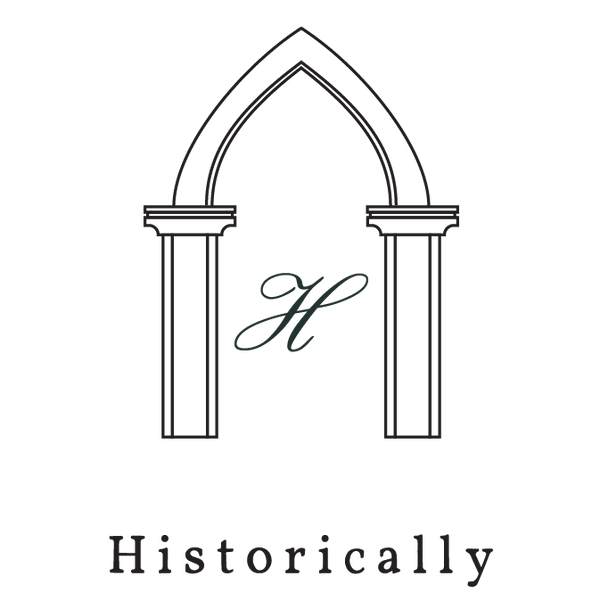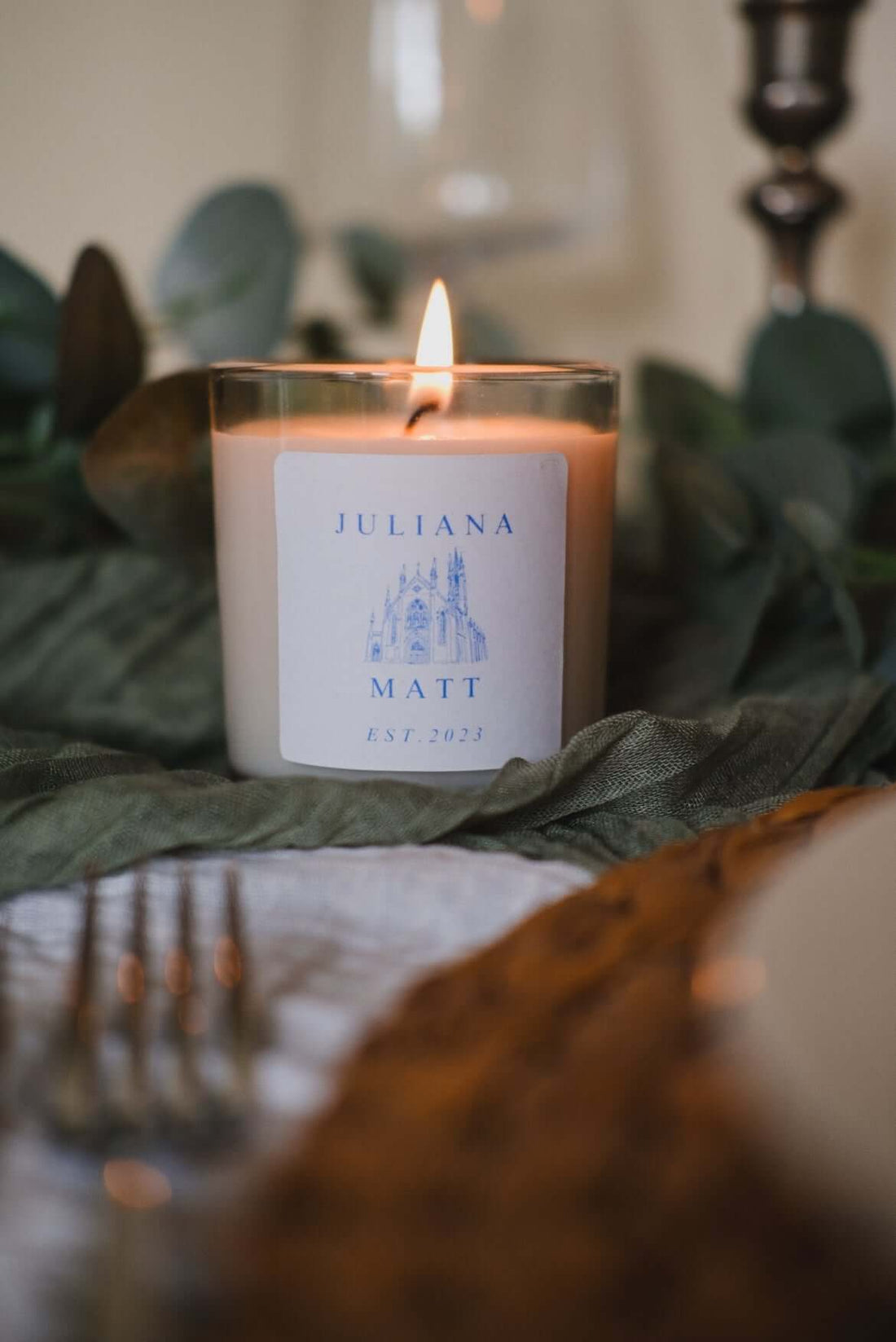From the flicker of fire in ancient caves to the glow of candlelit vows in rustic chapels, love in Britain has always burned brightly. The history of weddings in the UK is a tapestry woven from myth, ritual, and romance—a tale as rich and fragrant as the petals strewn down an aisle. Across millennia, couples have kindled a flame not only between themselves, but in their communities, their traditions, and their homes.
It is this enduring spirit that has inspired our collection of wedding candles—each one an aromatic tribute to the timeless ways in which love has been celebrated across Britain’s storied past. But before we invite you to light a flame for your own love story, let us take you on a journey through time.
The Dawn of Devotion: Prehistoric Union
Before written records, before chapels and churches, love blossomed beneath ancient skies. Archaeological discoveries suggest that as early as 4000 BCE, Neolithic communities in Britain marked unions between individuals with rituals that were both spiritual and social. These early "weddings" were not legal contracts but sacred rites, often centered around the turning of seasons, the cycles of the moon, and the sanctity of fire.
The hearth was the heart of these communities—a place of warmth, food, and family. Flames symbolized not only survival but continuity. Lighting a fire together may have marked the beginning of a shared life, a metaphor still present today in candle ceremonies during weddings.
Celtic Traditions: Handfasting and Hearths
By the time of the Iron Age Celts (roughly 800 BCE to 100 CE), Britain had developed rich marriage traditions steeped in symbolism and seasonal ritual. Perhaps the most evocative of these was handfasting, the binding of a couple’s hands with cords to signify their union—an echo of which survives in modern wedding ceremonies.
Celtic weddings were often held during Beltane, the spring festival of fertility and fire. Bonfires were lit to bless the land and the lovers, and couples would leap over flames to ensure prosperity and passion in their lives ahead.
Roman Influence: Love, Law, and Lavender
With the Roman conquest of Britain in 43 CE came sweeping changes to marriage. Love now met law. Roman weddings were formal, legal events involving written contracts and ritualized offerings to household gods. Yet, they also introduced more romantic notions: the veil, the bridal bouquet (often of herbs and lavender), and the joining of right hands.
Lavender, rosemary, and bay were common in Roman wedding rituals—symbols of fidelity, remembrance, and strength. The Romans believed that sweet-smelling herbs warded off evil spirits and blessed the union.
Anglo-Saxon and Viking Love: Oaths and Offerings
In the early medieval period, the British Isles saw a fusion of Anglo-Saxon and Norse traditions. Marriages were still more practical than passionate, often arranged to seal alliances or ensure property rights. Yet within these unions lay a deep sense of sacred duty and mutual respect.
The mead-hall—a place of feasting and fire—was central to wedding celebrations. Mead, the honeyed wine of love, was served in abundance, and the first month of marriage was a time of privacy and indulgence (the origin of the term “honeymoon”).
Medieval Romance: Church Bells and Chivalry
By the High Middle Ages, Christianity had shaped wedding customs into sacred sacraments. Church ceremonies replaced pagan rites, and with them came a new layer of romance—rooted in courtly love, poetic devotion, and divine blessing.
Brides wore crowns of flowers, and guests threw grains (symbolizing fertility) or lit candles to honor the couple's path ahead. The church itself became a romantic symbol—its candles, incense, and hymns forming a sensory tapestry of sacred union.
Tudor Passion: Feasts, Fortune, and Fragrance
The Tudor era, from Henry VIII’s dramatic courtships to Elizabethan poetry, was a time of opulence and ardor. Weddings became grander, with sumptuous feasts, music, and rich attire. Fragrance was everything—roses, violets, and spices perfumed both bride and banquet.
Marriage was a spectacle, but it was also deeply personal. Elizabethan poets wrote sonnets in lovers’ honor, and couples exchanged rings engraved with secret messages. The act of lighting a candle together could symbolize the merging of two lives, two souls, two families.
Georgian Grace: Enlightenment and Elegance
In the Georgian era (1714–1830), romance and reason shared the stage. Marriages still had economic dimensions, but love stories flourished in novels and art. Weddings were less about political alliances and more about compatibility, affection, and domestic bliss.
Candles remained central to ceremony and celebration. Ballroom dances under chandeliers, candlelit suppers, and handwritten vows read by flickering firelight—this was a time when refinement met romance.
Victorian Devotion: Vows, Veils, and Vanilla
The Victorian age, ushered in by Queen Victoria’s own legendary wedding in 1840, defined the modern wedding. The white dress, the elaborate cake, the bridal bouquet—all took root here. Love was idealized, sentimentalized, and sanctified.
Candles lined the aisle, adorned altars, and lit parlors where lovers danced into the night. The candle became a metaphor for enduring devotion, its flame a beacon of hope and warmth. Victorian brides even carried wax-sealed letters from their grooms—messages of passion preserved by fire.
20th-Century Whirlwind: Love in Modern Light
The 20th century saw war, liberation, and transformation. From the roaring twenties to the swinging sixties to the digital dawn, weddings evolved dramatically—but their soul remained the same.
Electricity may have replaced candlelight in many ceremonies, but the symbolic power of the flame endured. Unity candles, sparkler exits, and scented receptions all carried forward the elemental presence of fire.
A Flame for the Future
Today, weddings in the UK draw from every chapter of history. A handfasting cord beside a bridal veil. A church ceremony followed by a woodland reception. Vintage lace and techno beats. And always, somewhere—a candle is lit.
Our wedding candle collection is not merely about fragrance. It is about storytelling. Each scent is a spark from history, carefully crafted to set your own love story alight.
Lighting a wedding candle is more than tradition. It is communion with the lovers who came before you. It is a promise to honour the past, cherish the present, and illuminate the future together.
So as you plan your day of days, let the glow of history warm your path. Let scent summon memory. Let flame awaken magic. And let your love burn eternal, as it always has, as it always will.
Let your wedding be a light for the ages.
Explore our Wedding Candle Collection – Where History Meets Heart.
Each candle is hand-poured in the UK, infused with historical botanicals, and designed to kindle the spirit of love that has united hearts across centuries.
Light one. Begin your story.

